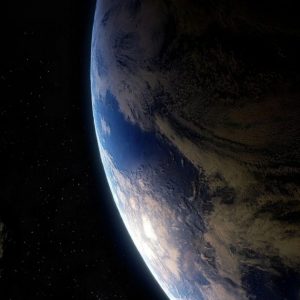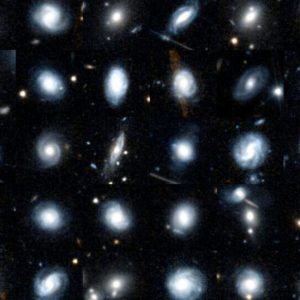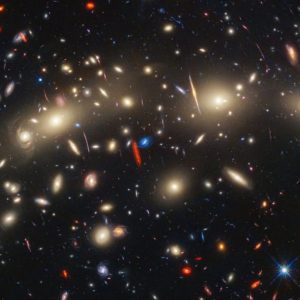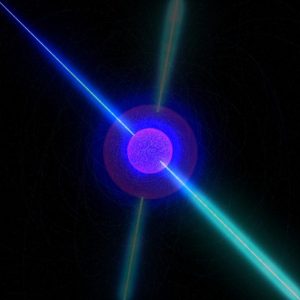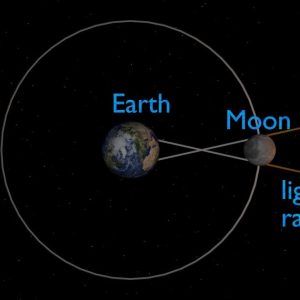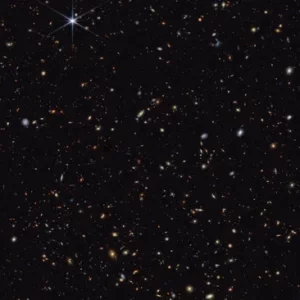Asteroid 2024 PT5, also known as “Mini Moon,” will enter Earth’s gravitational pull in next several hours, or on September 24, becoming a temporary satellite. Detected by NASA’s ATLAS system in August 2024, this Near-Earth Object (NEO) will orbit our planet for two months, from September 29 to November 25,...
News
The quest to uncover the secrets of black holes has entered a new phase. The Dutch Black Hole Consortium’s newest project invites the public to participate in exploring these enigmatic cosmic objects called kilonovas and contributing to research via a simple smartphone app. As an example of participatory science, this...
The new citizen science project, Euclid Galaxy Zoo, offers a unique chance to explore the vast cosmos through human observation. The European Space Agency (ESA) has launched1 an innovative citizen science project, Galaxy Zoo: Euclid, and invites you to help classify galaxies like never before. This project not only advances...
Planets and stars exhibit magnetic fields that extend from the Sun to the far reaches of our solar system. In the past, it was challenging to measure planetary magnetic fields due to the limitations of traditional magnetometers, which were often too large, required frequent calibration, and lacked the sensitivity needed...
We know very little about the vastness of the universe, and our Earth-bound perspective often limits our understanding of extraterrestrial phenomena. However, for the first time in Mars exploration history, we have a genuine chance to determine if there’s evidence of ancient life. Recent findings by NASA‘s Perseverance rover have...
Universe expansion mystery has taken a new turn with a recent theoretical paper that proposes that the ever-accelerating expansion of the universe might be powered by a mysterious form of matter known as ‘unparticles’. This proposition challenges the prevailing understanding of dark energy and its role in overall cosmology. While...
Dark matter is a bit of an enigma for scientists. It’s this concept that’s been around for ages, but nobody’s been able to pin down exactly what it is. It’s like a big mystery that’s been boggling minds in the scientific community for decades. The collision of two neutron stars,...
Is there actually another world out there somewhere? NASA’s James Webb Space Telescope has just made a groundbreaking discovery, as astronomers have detected Ethanol and other icy ingredients in potentially habitable worlds near two young protostars, IRAS 2A and IRAS 23385. Using Webb’s Mid-Infrared Instrument (MIRI), an international team of...
It’s still a mystery how animals behave during a total solar eclipse. With the next event set for April 8th, scientists are preparing to observe and study it in an attempt to demystify. In a recent study led by Adam Hartstone-Rose from North Carolina State University, researchers observed interesting behaviors...
The Pentagon’s All-domain Anomaly Resolution Office (AARO) is adding efforts to improve the military’s ability to understand and react to unidentified aerial phenomena (UAP), commonly known as UFOs. In a press briefing on Saturday, Tim Phillips, the acting head of AARO, introduced the Gremlin System, an advanced surveillance capability designed...
Dead galaxy! Do big things end up the same way? – Yes, they do! Astronomers have recently discovered the earliest ‘dead’ galaxy. This early galaxy, identified when the universe was just 700 million years old, ceased star formation about over 13 billion years ago, challenging prevailing cosmic evolution models. Astronomers...
The results of the study provide revolutionary insights into the factors that support the formation of planets and the variety of planetary systems taking shape. According to the researchers, certain disks show spiral patterns caused by planets orbiting within them, whereas others exhibit rings and empty spaces created as planets develop.
Once this universe was a dark space, simple and void. Over time, it developed with telescopic technology into the complex network of galaxies and stars. Now, the James Webb Space Telescope (JWST) is reshaping our understanding of the universe by expanding our knowledge and uncovering the secrets hidden within the...
The new image from the Hubble Space Telescope shows the “forbidden” light coming from a distant spiral galaxy. The wonderful spiral galaxy, MCG-01-24-014, is located nearly 275 light-years from Earth. It hosts two prominent and well defined spiral arms, along with a glowing core full of energy, which shines almost...
A new study has suggested that the regular bursts of high-energy gamma-rays, striking Earth every 76 minutes, originate from a mysterious rotating gas blob near the heart of the Milky Way‘s supermassive central black hole. This discovery by astrophysicists from the National Autonomous University of Mexico sheds light on a...
